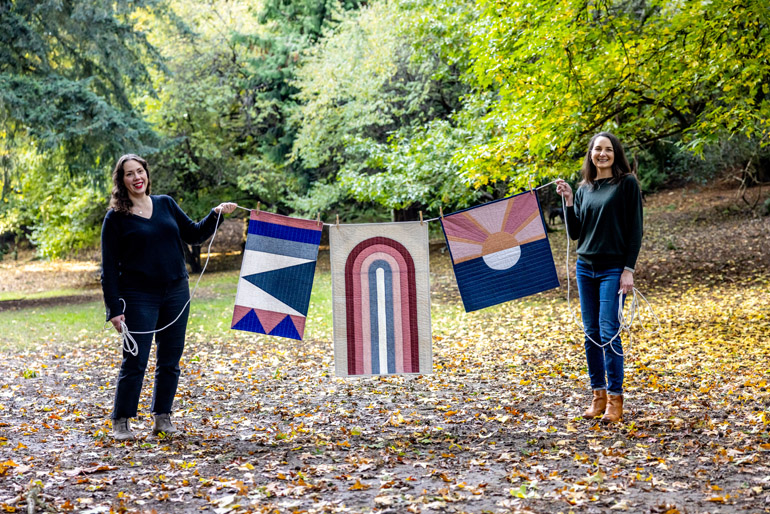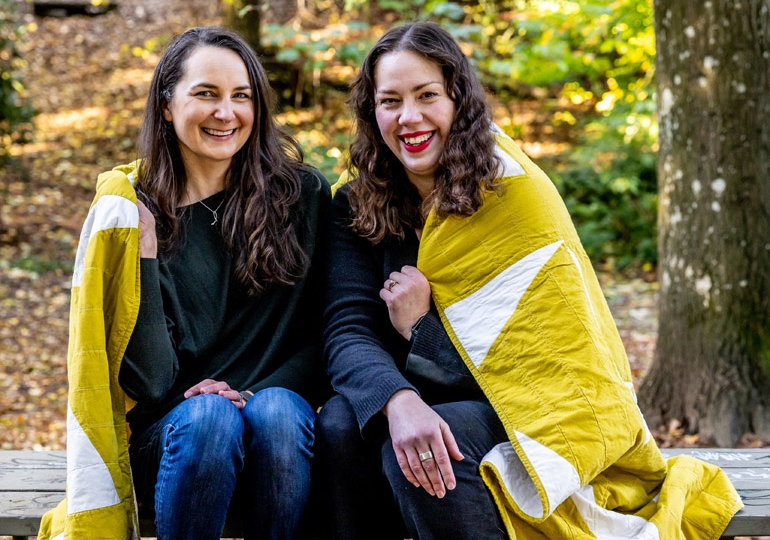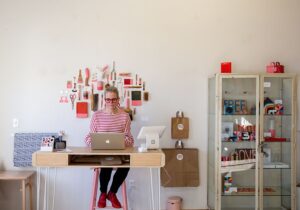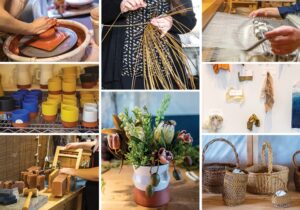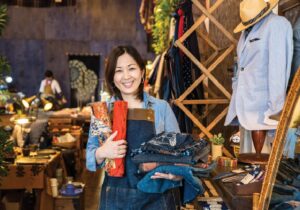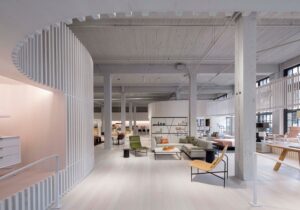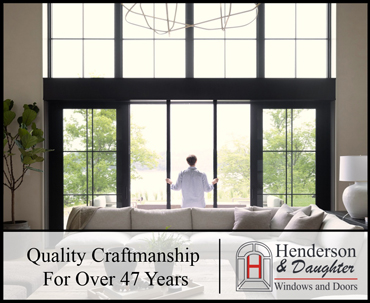Two Portland clothing designers get cozy with bold, bright, minimal quilts.
Like many who shifted gears during the pandemic, friends Liz Winkler and Anna Weston daydreamed about what they might do with the newfound extra time on their hands. The two apparel designers, who met while working at children’s apparel company Hanna Andersson, were looking to build something that represented them: their aesthetic, their ethos, their artist-level attention to detail. The result was a new home-goods company, Studio Prismatic, focused on sustainable quilts with a minimalist, modern approach to color. “We like to think of them as future heirlooms,” Winkler says.
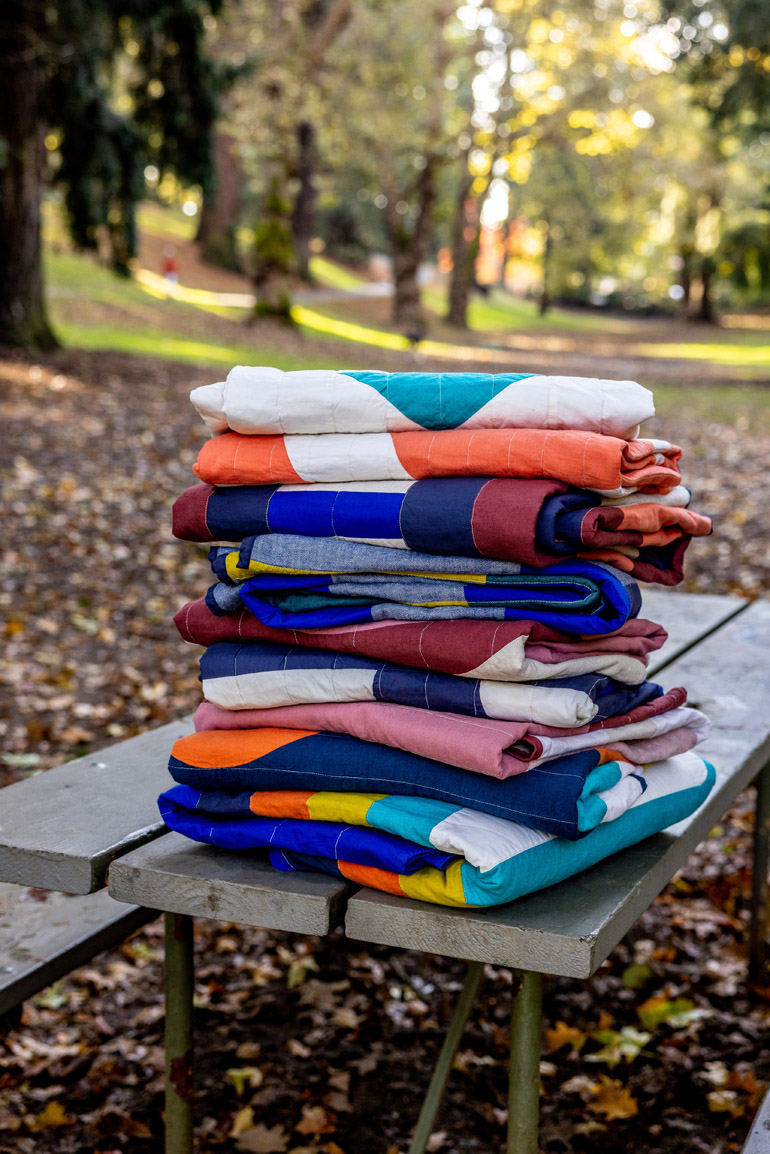
How did Studio Prismatic come into being?
Anna Weston: We were getting together just to get out of the house, doing things outdoors and at a distance. Just daydreaming a lot about what our futures are and what we wanted to prioritize. We kept talking about making things, doing things on a smaller scale.
Liz Winkler: We wanted less mass production, less waste, handmade, and we wanted to design it ourselves but still be able to play with color and fabric.
Weston: That’s what made it really attainable for us to start something—the fact that we were sharing duties.
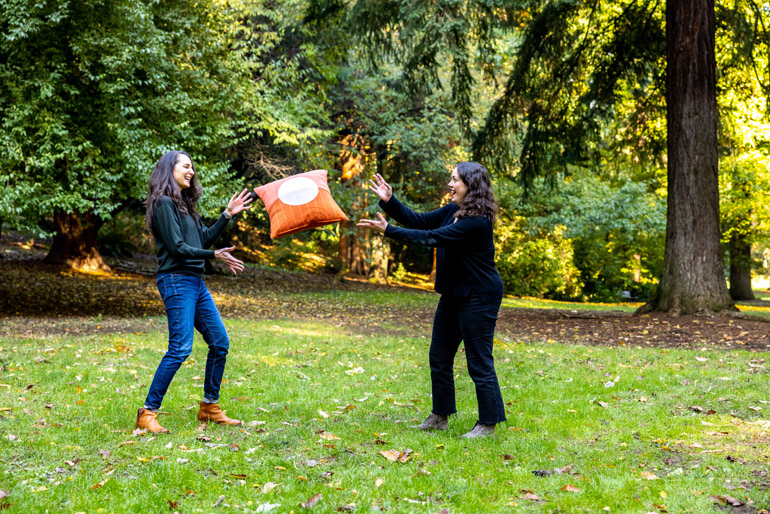
What’s your approach to color?
Weston: I think color brings joy and energy to spaces, and we see that in art and design, that people have a lot of emotions attached to it, so we try to highlight that when we are putting color combinations together. We try to make sure there is a good interaction between the color, that brings out an emotion for people who have them. We do think of them as artwork; we spend a lot of time on them.
Winkler: Quilts are a good example where art and function come together. They last so long and have such a rich history.
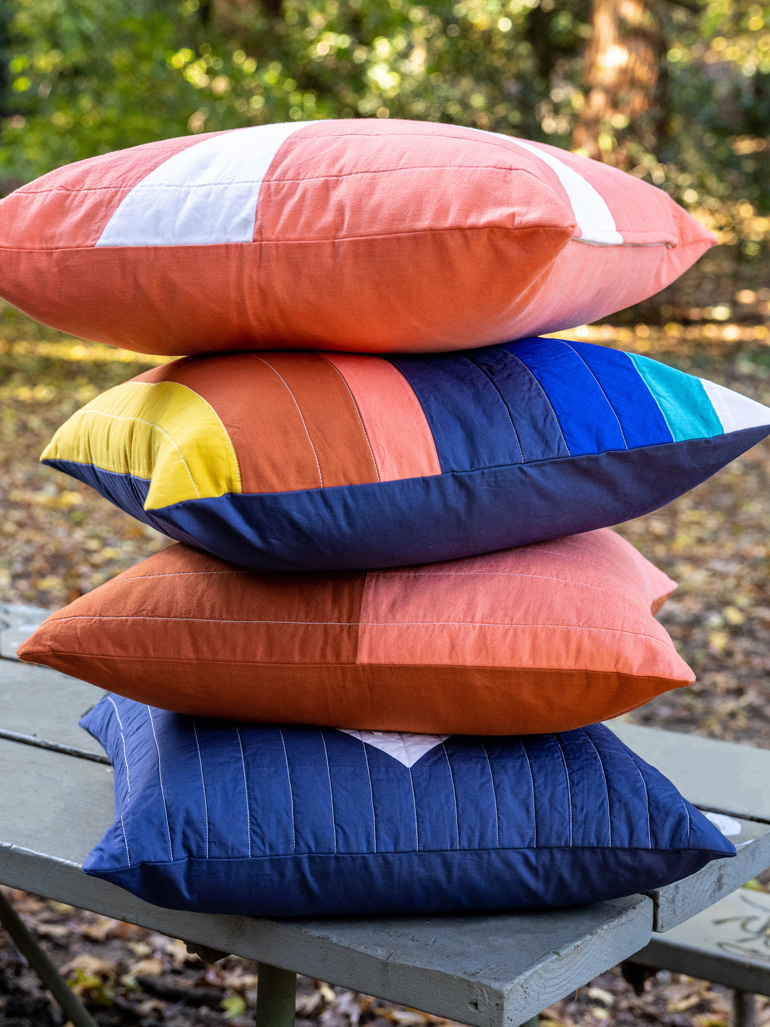
How did you develop the Studio Prismatic aesthetic?
Weston: It’s a little more minimalistic compared to the heritage traditional quilts that are made with tiny little scraps. We wanted something that was a little easier on the eyes and a little more modern in outlook.
Winkler: It’s really what would appeal to us, what we like, what we would want to see in our homes, what we would want to see out in the world. Quilts are almost like a canvas in how you design them.
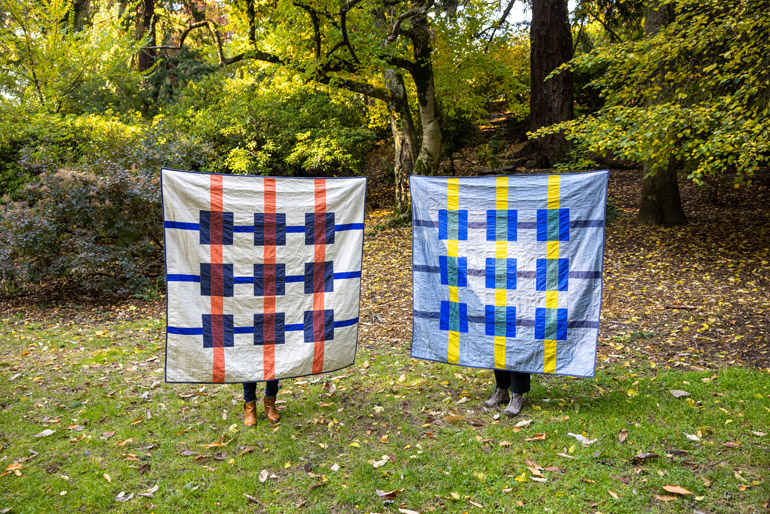
How do you think about how the quilts will be incorporated in a space?
Winkler: I always start with it on a bed. That’s more like a traditional quilt, and since we offer our quilts in traditional bed sizes, we make sure that it will look good on a bed. We start in Adobe Illustrator and look at the scale of the quilt before we make it into reality.
Weston: If it’s a custom project, we usually talk to them about their space, maybe their color palette and their inspiration. It’s more of a collaboration at that point. We want to make sure that the colors chosen really do look good in the space.
Winkler: We’ve had a couple of projects where a client wanted a quilt that looked like an Eastern Oregon landscape, and then we incorporated the names of the family members into this giant wall hanging for an entryway. But there are so many different ways of doing it.
Weston: Each client is totally different. One just asked for swatches, and then she had taken a screenshot of one of our quilts and then screenshotted it into a design program. It was really impressive. That’s one of the things I like about working for yourself—you get to engage with people a little more directly.
